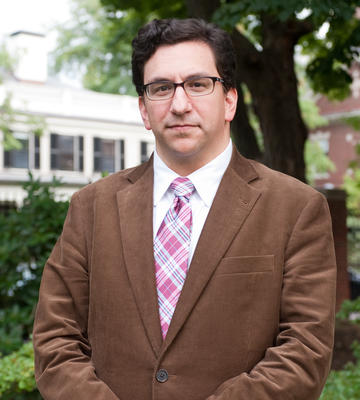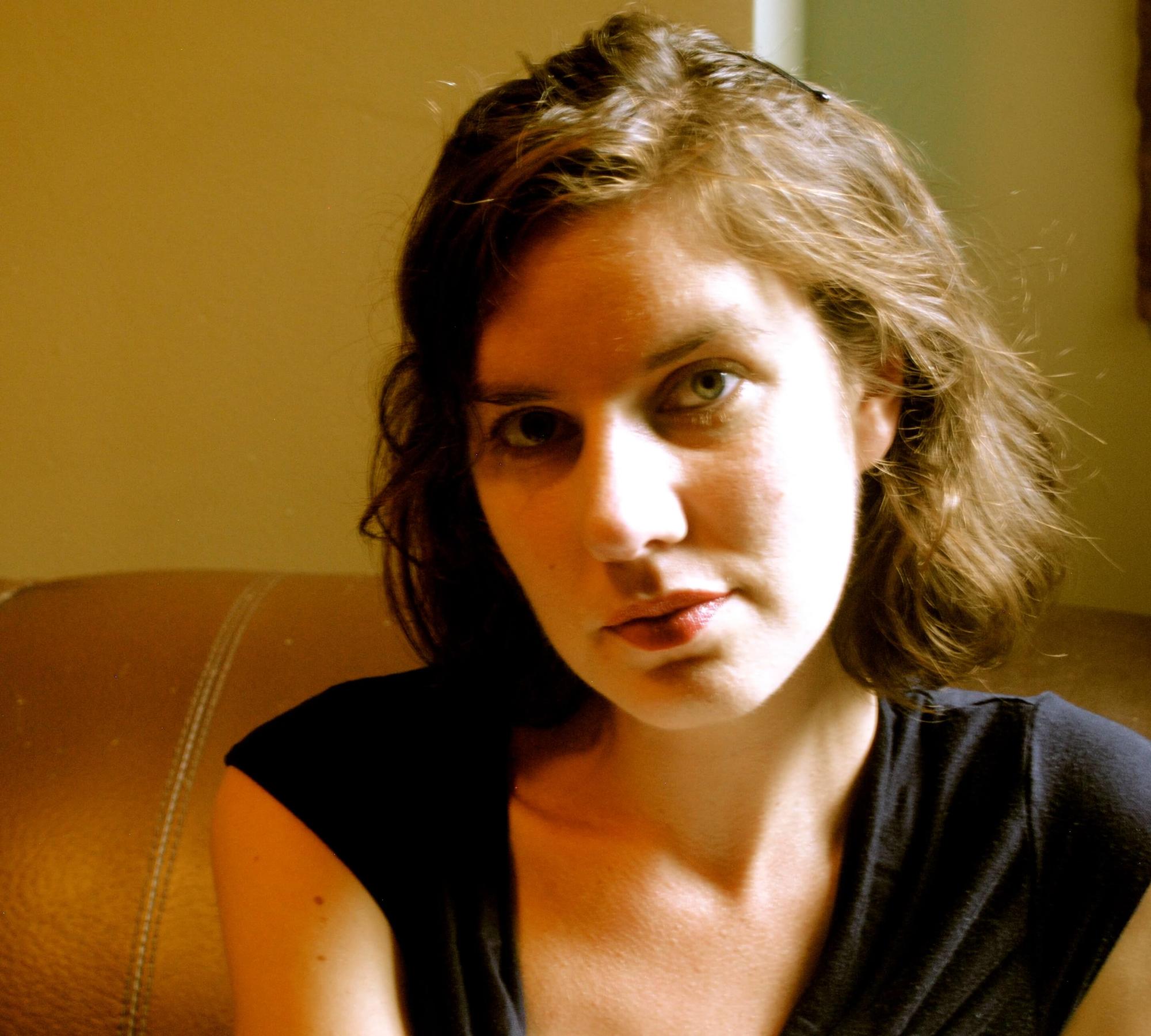Filter Course Type
Course Type
- Common Courses (7)Apply Common Courses filter
- Creative Writing Workshops (82)Apply Creative Writing Workshops filter
- Freshman Seminars (8)Apply Freshman Seminars filter
- Graduate Seminars (41)Apply Graduate Seminars filter
- Lecture Courses (68)Apply Lecture Courses filter
- Undergraduate Seminars (39)Apply Undergraduate Seminars filter
- Undergraduate Tutorials (6)Apply Undergraduate Tutorials filter
Filter by Requirements
Meets Requirements
- Arrivals (1)Apply Arrivals filter
- Common Courses (8)Apply Common Courses filter
- Diversity in Literature (14)Apply Diversity in Literature filter
- Guided Elective: 1700-1900 (17)Apply Guided Elective: 1700-1900 filter
- Guided Elective: 1900-2000 (34)Apply Guided Elective: 1900-2000 filter
- Guided Elective: pre-1700 (21)Apply Guided Elective: pre-1700 filter
- Literary Forms (3)Apply Literary Forms filter
- Migrations (2)Apply Migrations filter
- Open Elective (2)Apply Open Elective filter
- Poets (2)Apply Poets filter
- Shakespeare (2)Apply Shakespeare filter
Copyright © 2024 The President and Fellows of Harvard College | Accessibility | Digital Accessibility | Report Copyright Infringement

 I remember the Barker Center in haunting fragments: the bright Cambridge light, the feeling of walking upstairs eagerly, full of whatever text I was about to discuss; and I remember it so clearly because the...
I remember the Barker Center in haunting fragments: the bright Cambridge light, the feeling of walking upstairs eagerly, full of whatever text I was about to discuss; and I remember it so clearly because the...